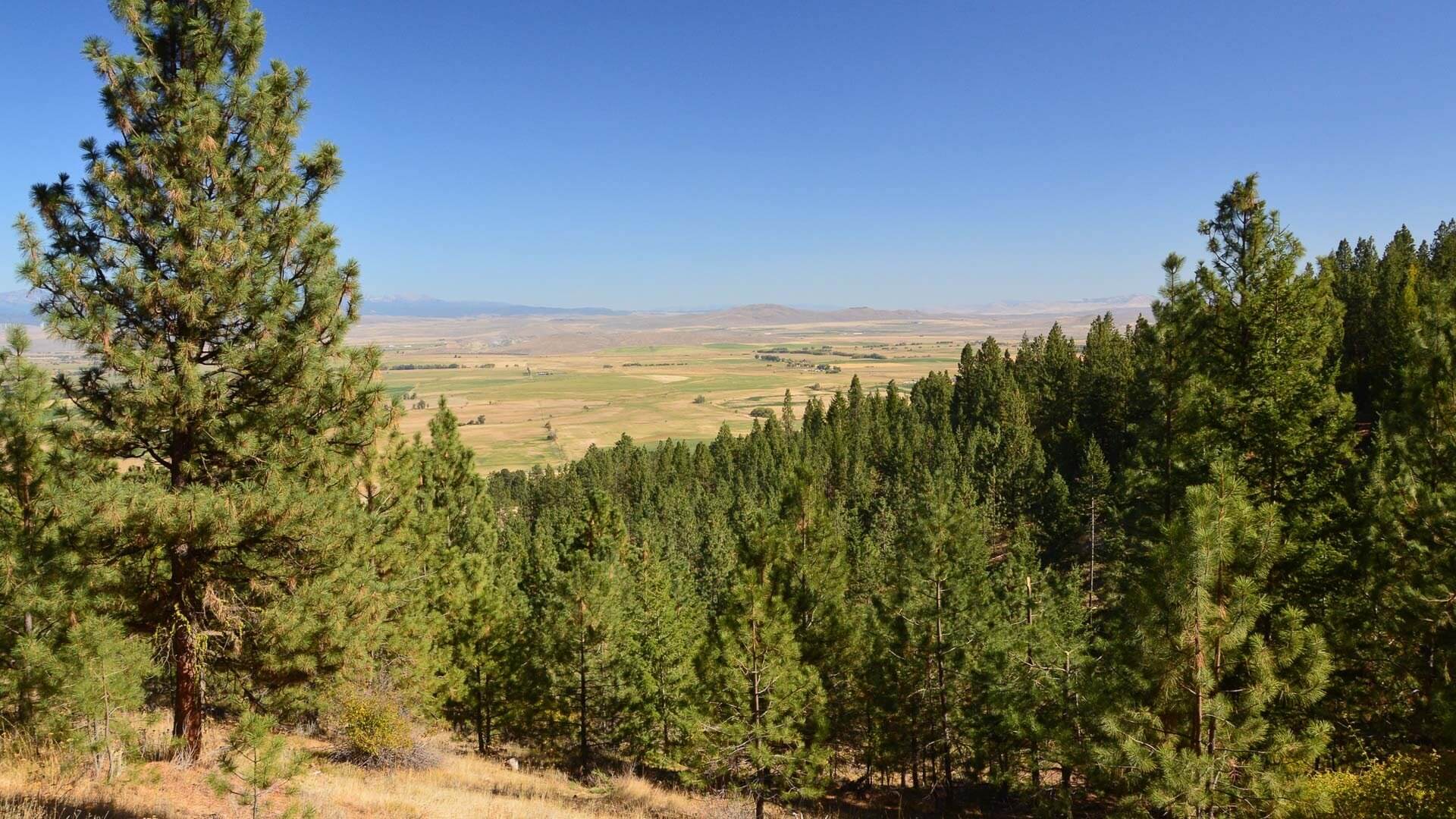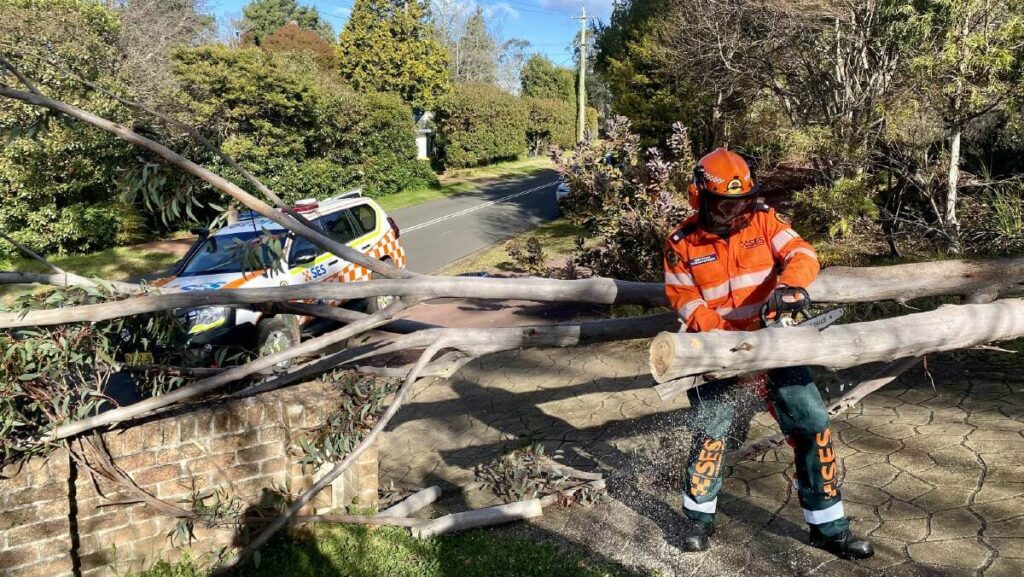
The breathtaking beauty of the Blue Mountains is a sight to behold, offering lush landscapes and stunning panoramas. However, the need for tree removal in this picturesque region often arises for various reasons. Understanding the significance of tree removal is crucial for maintaining both the aesthetics and safety of the area.
Understanding the need for tree removal in Blue Mountains
Tree removal Blue Mountains is not merely an act of cutting down trees; it involves a careful consideration of multiple factors that contribute to the overall health of the environment and local community. The reasons can vary widely, from safety hazards to aesthetic enhancements.
The delicate balance of nature and aesthetics
In the Blue Mountains, the interplay between natural beauty and human habitation requires a delicate balance. Trees can sometimes obstruct magnificent views or pose threats to properties. Assessing which trees affect both the landscape and the scenic vistas becomes essential for property owners and local councils alike.
Shimmering vistas of an evening sunset or a morning mist over the valleys can be overshadowed by overgrown foliage. By strategically removing certain trees, homeowners can not only enhance their views but also celebrate the unique beauty the region has to offer. Learn more how tree pruning can enhance the health and beauty of your trees.
Safety concerns prompting tree removal
Safety is an undeniable concern when it comes to tree management. In cases where trees are diseased, damaged, or structurally unsound, they pose significant risks to people and property. Falling branches can cause injuries, while a toppled tree can lead to property damage or even fatalities.
Moreover, trees growing too close to electrical lines can create hazardous situations, especially during stormy weather. It is crucial to routinely assess the health and positioning of trees in these cases. Swift removal of dangerous trees is essential to ensure peace of mind for residents.
The process of tree removal in Blue Mountains
The actual process of tree removal requires a thoughtful approach, taking into account the safety of both the workers and the surrounding environment. It often begins with identifying which trees need to be removed and why, leading to a responsibility shared among property owners, local authorities, and professional services.
Identifying trees for removal
Identifying trees for removal involves a comprehensive evaluation. Factors such as the tree’s health, species, and location are critical in making informed decisions. Trees that are dying or dead, as well as those that have outgrown their space, are prime candidates for removal.
Additionally, trees that excessively shade gardens or interfere with roadways or pathways may need to be taken down. Each decision is made with careful consideration for both safety and the aesthetic quality of the surrounding area. You can visit https://www.cityofsydney.nsw.gov.au/guides/exemptions-for-pruning-and-removing-trees to learn how qualified arborist is responsible for identifying if the tree is a high and imminent risk to human life or substantial property.

The role of professional arborists
Professional arborists play a pivotal role in the tree removal process. Their expertise in assessing tree health, calculating risk factors, and executing removals safely is invaluable. Arborists not only ensure that trees are removed efficiently but also that the remaining vegetation is preserved to maintain ecosystem balance.
They can provide guidance on the best practices for removal and help navigate complex situations involving large or dangerous trees, ensuring the whole process is executed with minimal disruption to the landscape and surrounding habitat.
Environmental considerations for tree removal
Tree removal does not occur in isolation; it invokes various environmental considerations that need to be addressed to protect the natural ecosystem of the Blue Mountains.
Minimising ecological impact
One of the greatest concerns related to tree removal is its ecological impact. It is crucial to engage in practices that minimise environmental disruption. This includes preserving the health of the soil, surrounding plants, and any wildlife that may depend on the trees.
Before any removal, it’s advisable to consult with ecological experts who can provide insights on mitigating harm, such as planning the removal around nesting seasons or ensuring that fallen branches provide habitat for local fauna.
Reforestation efforts post-removal
After trees have been removed, reforestation efforts can be initiated to restore the natural landscape. Planting new trees not only combats deforestation but also enriches local biodiversity and promotes a healthier ecosystem.
In the Blue Mountains, promoting native species during reforestation is crucial. Native species adapt well to the local environment, support the existing wildlife, and contribute positively to scenic beauty, fostering a sense of place for the community.

Legal aspects of tree removal in Blue Mountains
In addition to environmental concerns, there are important legal aspects surrounding tree removal that residents should be aware of. Understanding local laws is critical to ensure compliance and avoid legal repercussions.
Navigating local tree protection laws
The Blue Mountains is governed by strict tree protection laws that aim to preserve its natural beauty. These laws often necessitate obtaining permission before removing trees, especially if they are of significant size or historical importance.
It’s essential for homeowners to familiarize themselves with the local regulations. Engaging with the local council early in the removal process can provide clarity on what is required, streamlining approval and ensuring that obligations are met.
Obtaining necessary permits and permissions
Obtaining the necessary permits and permissions is a fundamental step in the tree removal process. This may include submitting specific applications detailing the reasons for removal and the expected ecological impact.
Failing to secure the appropriate permissions can result in fines or the requirement to replant removed trees, among other consequences. The importance of adhering to these regulations cannot be overstated, contributing to responsible environmental management within the community.
Maintaining the scenic beauty of Blue Mountains
Once the removal process is completed, the focus shifts to maintaining the scenic beauty of the Blue Mountains. Proper planning should ensure that the area continues to flourish, enhancing both aesthetics and safety.
Strategic tree removal for enhanced views
Strategic tree removal involves more than just cutting down trees; it includes a thoughtful analysis of which trees can be removed to optimise sightlines and enhance property views. This careful planning can transform a cluttered landscape into a breathtaking panorama.
Homeowners can work with landscaping professionals who understand the nuances of the local environment to ensure that future foliage complements existing views without overwhelming them.
Landscaping after tree removal
Landscaping following tree removal is an opportunity to reimagine outdoor spaces. Thoughtful selection of plants, shrubs, and new trees can create a vibrant garden that adds to the scenic beauty of the area.
Implementing landscaped areas encourages biodiversity while making spaces both aesthetically pleasing and functional. Engaging with local gardeners and landscape designers can yield brilliant ideas, ensuring that the scenic charm of the Blue Mountains is preserved.